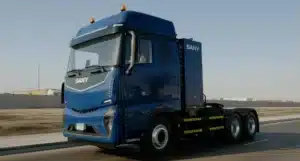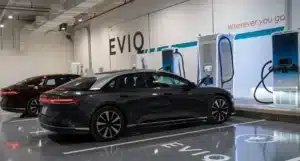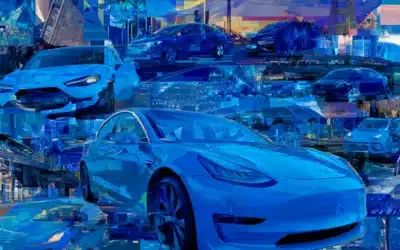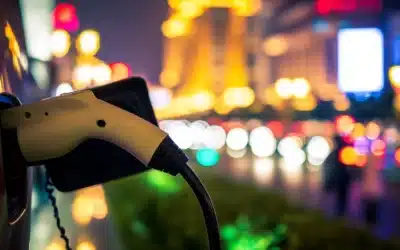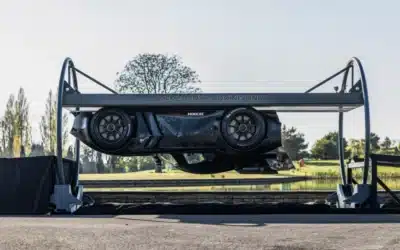
Morocco is putting electric mobility front and centre as it gears up to co-host the 2030 World Cup. From charging networks to battery factories, the country is investing heavily to make travel greener and to leave a legacy that lasts long after the final whistle.
What’s the plan for EV charging?
The backbone of Morocco’s EV rollout is a major expansion of its charging network, with 2,500 new charging points planned by 2026. Most of these will be concentrated along the Tangier–Agadir motorway, a key north-south route for World Cup visitors. In fact, 90% of new chargers will go here, and the goal is clear: no driver should be more than 26km from their next charge.
Agadir will play a leading role in this new network, acting as a regional charging hub and connecting southern Morocco with the rest of the country’s EV infrastructure.
How is public transport changing?
Alongside private EVs, Morocco is electrifying its public transport. A government tender is now underway to acquire over 1,300 new buses, including 30 fully electric ones in the first phase. Long term, the goal is to convert 50% of the fleet to electric. In total, the plan covers 7,000 buses across the country.
The push aims to cut urban emissions and bring cleaner air to major cities like Casablanca, Rabat, and Tangier.
What about local EV manufacturing?
Morocco isn’t just building the infrastructure, it’s also investing in the full EV supply chain. The government wants to manufacture lithium-ion batteries domestically, using its own phosphate and cobalt reserves. This kind of vertical integration could triple the country’s green mobility exports by the early 2030s.
A major boost to this vision came with the announcement of a new $300 million cathode plant near Tangier. Built by Chinese firm BTR New Material Group, the factory will produce up to 50,000 tonnes of cathodes per year by 2026. It’s a sign of growing investor confidence in Morocco’s EV sector.
Who’s backing the rollout?
The Moroccan Federation of Electricity, Electronics, and Renewable Energies is backing the charging network, while the Ministry of Interior is leading the public transport upgrades. At the same time, national companies and international investors are stepping in to support battery and EV component manufacturing.
The National Motorway Company is leading the charge on the Tangier–Agadir corridor, ensuring chargers are placed at regular intervals to support long-distance EV travel.
Has Morocco shown its plans on the world stage?
Yes. At the Green Impact Expo & Summit 2025 in Casablanca, Morocco showcased its vision to over 10,000 participants. The event brought together global policymakers, businesses, and researchers to discuss the future of clean transport and energy.
Speakers highlighted Morocco’s dual approach: using the World Cup as a springboard for green investment, while embedding those changes into a broader strategy for decarbonisation.

Pictured, the Grand Stade Hassan II. With a record-breaking 115,000 capacity it is projected to become the largest football stadium in the world.
Why does this matter regionally?
For countries like the UAE and Saudi Arabia, Morocco offers a case study in scaling EV adoption quickly, not just with private cars, but through integrated public infrastructure and industrial policy. Its progress signals how major sporting events can be used to accelerate clean mobility goals, with benefits that stretch far beyond tourism.
What’s next?
Expect rapid progress. Morocco’s EV goals are ambitious but well-funded. With factory construction underway, new buses on the way, and chargers already being installed, the foundations are in place.
For visitors heading to the 2030 World Cup, this means greener travel from the moment they land. For Morocco, it marks the start of a long-term shift towards low-carbon transport, one that could reshape how the country moves for decades to come.


